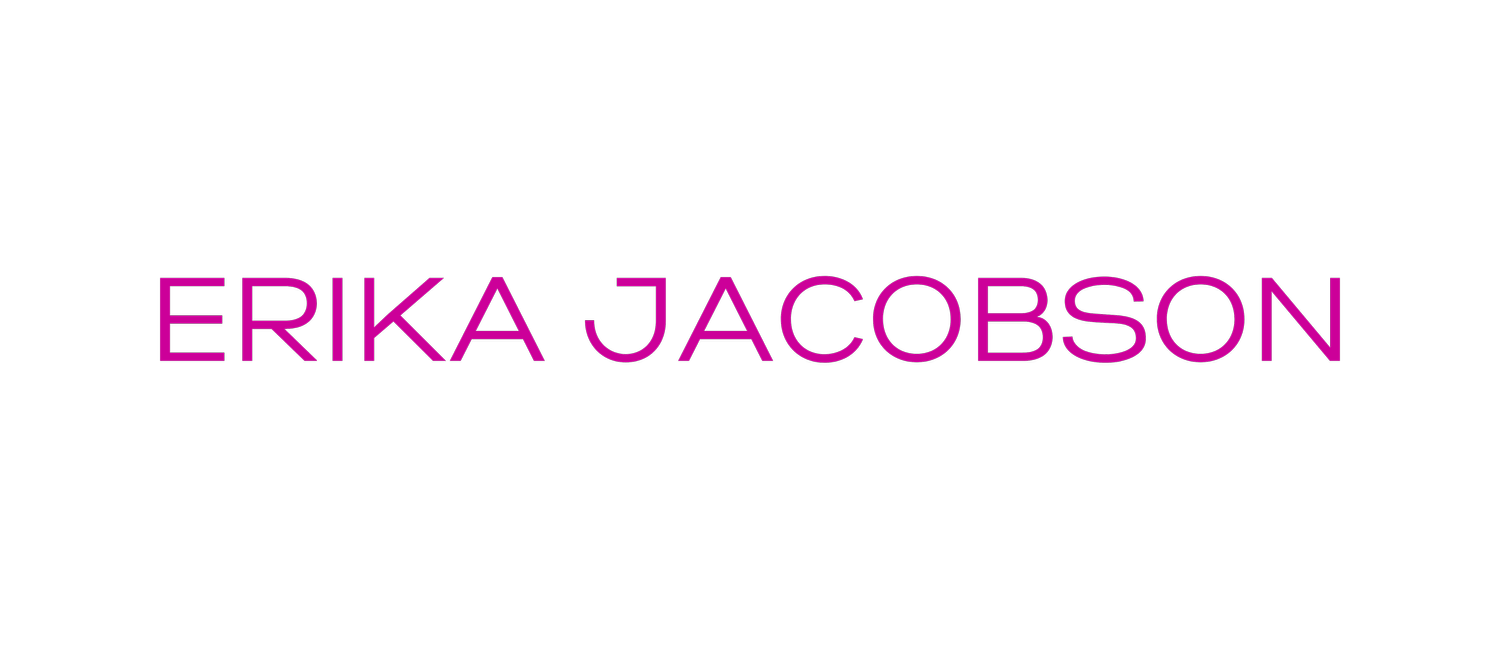Creativity Takes Risks
“We have to continually be jumping off cliffs and developing our wings on the way down.”
Kurt Vonnegut
If you’ve been following Edgewalkers over the last few years you might know that I first travelled to the Tavan Bogd National Park in 2015.
In 2017, a year after starting Edgewalkers, I scoped this spectacular remote wilderness and this particular 9-day hike to see if it might be possible to run a hike there.
In 2018 I ran it with only three people.
In 2019 nine amazing women joined us.
In 2022, after COVID, only 5 people came.
Organising, marketing, selling and running walking adventures in remote, international locations is not something I’d ever done before.
It was a risk.
It was a risk that I had to hold in uncertainty for six years.
The picture above was taken a week ago on the Malchin Peak summit.
This year we ran two, sold out, 14-day adventures with 12 people in each.
The risk was worth it.
Nothing is ever certain, but one thing is definitely true and that is: creativity takes risk.
We’ve heard it before. Extraordinary creators, innovators, entrepreneurs are always saying it.
I seem to be always saying it.
Like some grey, doomsday cloud bearing bad news and shitty weather: creativity takes risk.
I know you don’t want to hear it.
You don’t have to.
You can keep on cookie-cutting, using someone else’s mold.
That’s not a crime!
But if you’re committed to bringing something new and authentic into existence, there’s no other way.
Why?
Risk is what’s going to help us unearth opportunities that others may not have seen: like the opportunity Mongolia offered for an exciting and unparalleled wilderness expereince and a walking route we take through the Tavan Bogd National Park.
Risk helps us to learn and master new skills: in 2017 I didn’t know how to run Facebook ads, I didn’t know what an ideal client avatar was, what commissionable meant, what it meant for people to hike at altitude, how to perform wilderness first aid, how to market international destinations, what needs to be included in a good itinerary, how to liaise with local international partners with different cultural attitudes and habits. I have gained all these skills - still working on some them.
Risk helps us reach new destinations and attain new goals: I feel confident about my ability to put together itineraries and create an incredible adventure and can say that I have led Edgewalkers to be well and truly an international hiking adventure company. This is a huge achievement.
If I had not taken the risk - or risks - none of it would have happened. Full stop.
Risks create the kind of friction that ignites problem solving thinking and creative ideas.
Not all risk is equal
There’s so much research on this.
Creativity and innovation researchers and writers like Tina Seelig, Brene Brown, Teresa Amabile, Rollo May, Rick Rubin, Seth Godin, Sir Ken Robinson, Jeremy Richards, Steven Presfield, Elizabeth Gilbert have plenty of proof.
be willing to take risks
Not all risk is equal
The ‘risk’ that is referred to in relation to creativity is not about health or safety related, or gambling all your finances on dodgy stock.
It’s more of an intellectual or social risk. It’s risk that requires you to adapt. You’re faced with the possibility of failing because you are trying out a new idea.
the level of risk taking does not have to be high, but there has to be a willingness to sometimes take risks, to be open to them and understand and accept the inevitable and crucial role of mistakes and ‘failing’.
Beghetto, R. A., Karwowski, M., & Reiter-Palmon, R. (2021). Intellectual risk taking: A moderating link between creative confidence and creative behavior? Psychology of Aesthetics, Creativity, and the Arts, 15(4), 637–644.
If you didn’t have to risk looking like a fool, or could just KNOW that it would work out…WHAT WOULD YOU TRY?



